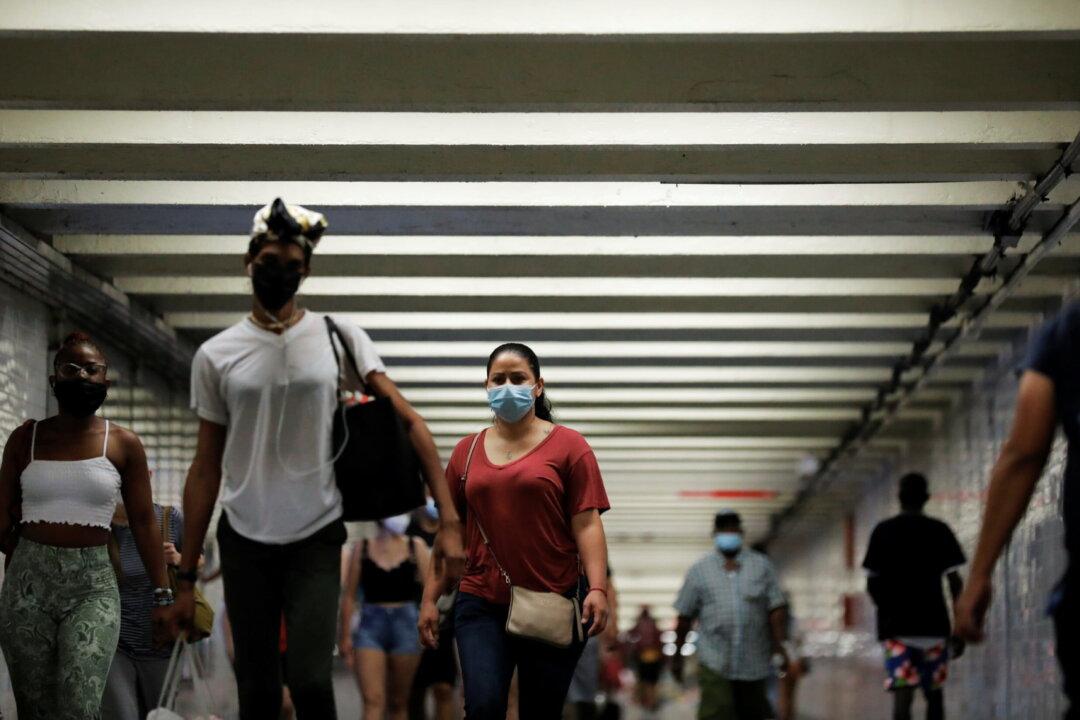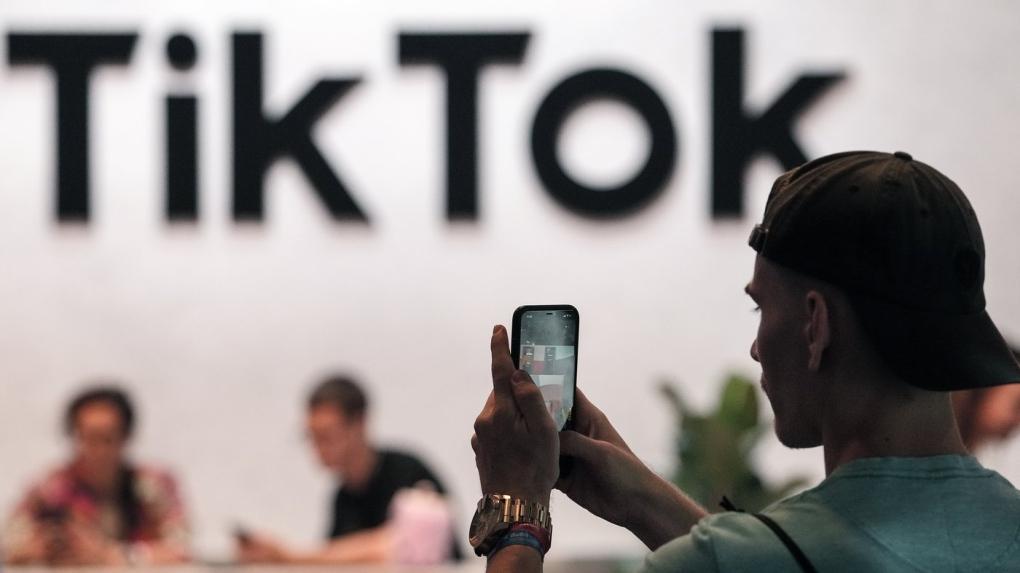A new study has concluded that over one fourth of commuters who frequently used the New York City subway system prior to the CCP (Chinese Communist Party) virus pandemic may never return, threatening funding for the troubled transit system and forcing managers to consider rate hikes to compensate for the budgetary shortfalls.
A new analysis by consulting firm McKinsey & Co. predicted that ridership of the Metropolitan Transit Authority (MTA) subway system in New York City would likely rise to only 74 percent of pre-pandemic rates by late 2024, down from a previous prediction for 86 percent ridership for the same period. The study also forecasted that system-wide ridership would remain at 80 percent of pre-pandemic levels into late 2026.





